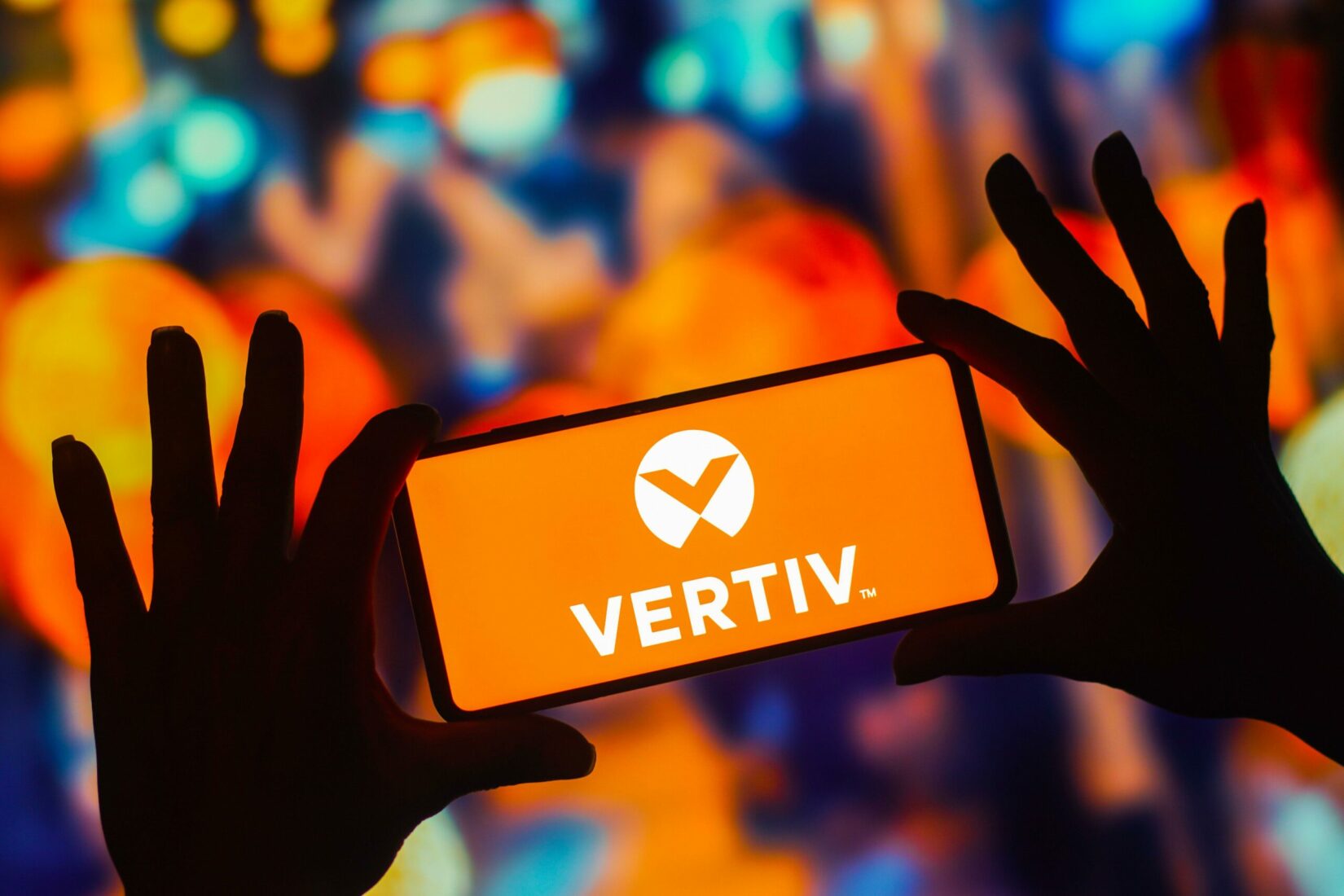When US-listed Vertiv announced the acquisition of Co Donegal-based E&I Engineering in September 2021, The Currency suspected that the American multinational’s Irish investment was driven by a combined interest in both the successful specialist electrical contracting business, developed in the border region by its founder Philip O’Doherty, and in Ireland’s generous tax regime for holders of intellectual property (IP). Both firms had focused on the supply of high-tech electrical installations to demanding clients such as data centres. Eighteen months on, new company information reveals the extent of the so-called green jersey structure assembled by Vertiv around the E&I acquisition. First,…
Cancel at any time. Are you already a member? Log in here.
Want to read the full story?
Unlock this article – and everything else on The Currency – with an annual membership and receive a free Samsonite Upscape suitcase, retailing at €235, delivered to your door.

